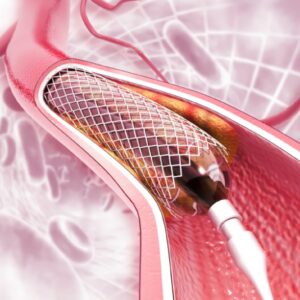Description
Familiarity with Treatment
Traditional metal braces are a common orthodontic treatment used to correct misaligned teeth and bite issues. They consist of metal brackets, bands, and wires that work together to gradually shift the teeth into their desired positions over time. This treatment is typically provided by orthodontists and is suitable for both children and adults.
Procedure
The procedure for traditional metal braces involves the following steps:
- Initial Evaluation: The orthodontist conducts a comprehensive evaluation of the patient’s teeth, jaw, and bite to determine the treatment plan.
- Placement of Braces: Metal brackets are bonded to the teeth, and archwires are threaded through the brackets to apply gentle pressure, gradually moving the teeth into the desired positions.
- Adjustments: Periodic adjustments are made to the braces to continue the process of shifting the teeth.
Who is it Suitable for?
Traditional metal braces are suitable for individuals with various orthodontic issues, including crooked, overlapped, twisted, or gapped teeth, as well as bite misalignments. The treatment is effective for both children and adults.
Who is it Not Suitable for?
Individuals with severe dental issues such as extensive decay or gum disease may not be suitable candidates for traditional metal braces. It is important to address any serious dental issues before undergoing orthodontic treatment.
Advantages
- Effectiveness: Traditional metal braces are highly effective at treating a wide range of orthodontic issues, including extreme overcrowding.
- Affordability: They are generally more affordable compared to some alternative orthodontic options.
- Controlled Tooth Movement: The braces provide orthodontists with the control needed to move the teeth in small increments at a time.
Complications
- Gum Disease Risk: There is an increased risk for gum disease or soft tissue damage if proper oral hygiene is not maintained during treatment.
- Plaque Build-Up: Brackets, wires, and braces can trap food and cause more plaque than usual to build up, requiring thorough cleaning to prevent permanent damage to the teeth.
Preoperative Care
Before getting traditional metal braces, it is important to address any existing dental issues, such as cavities or gum disease, to ensure the best outcome for the orthodontic treatment.
Postoperative Care
After the placement of traditional metal braces, patients need to maintain good oral hygiene, attend regular orthodontic appointments for adjustments, and follow any specific care instructions provided by the orthodontist.




Reviews
There are no reviews yet.